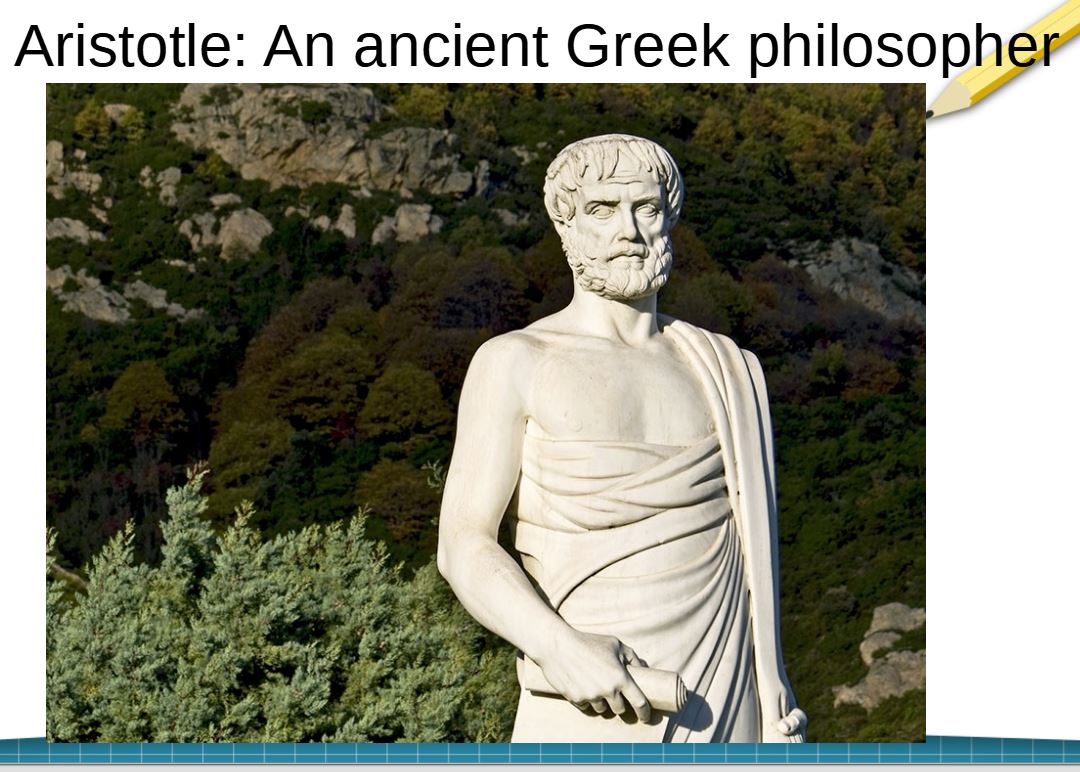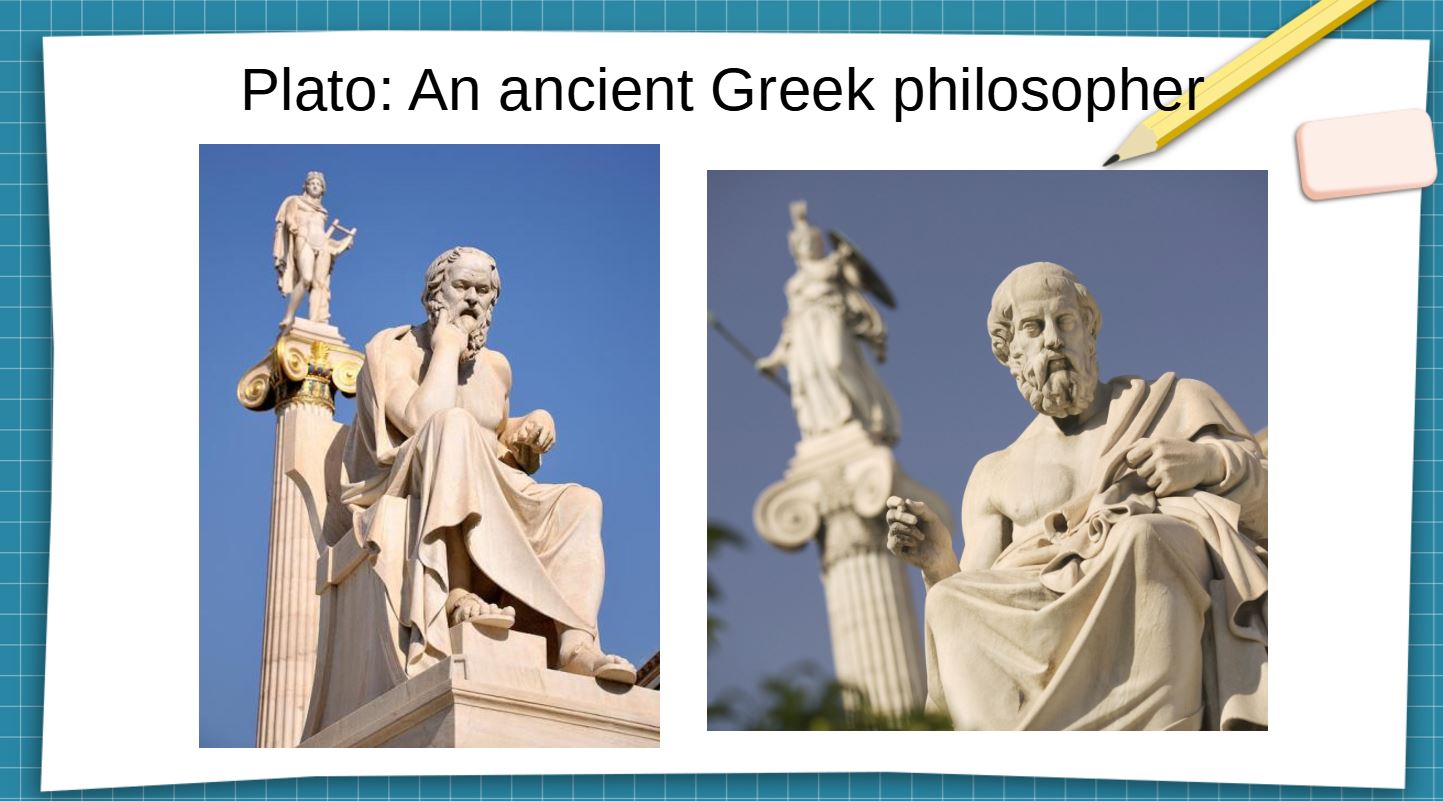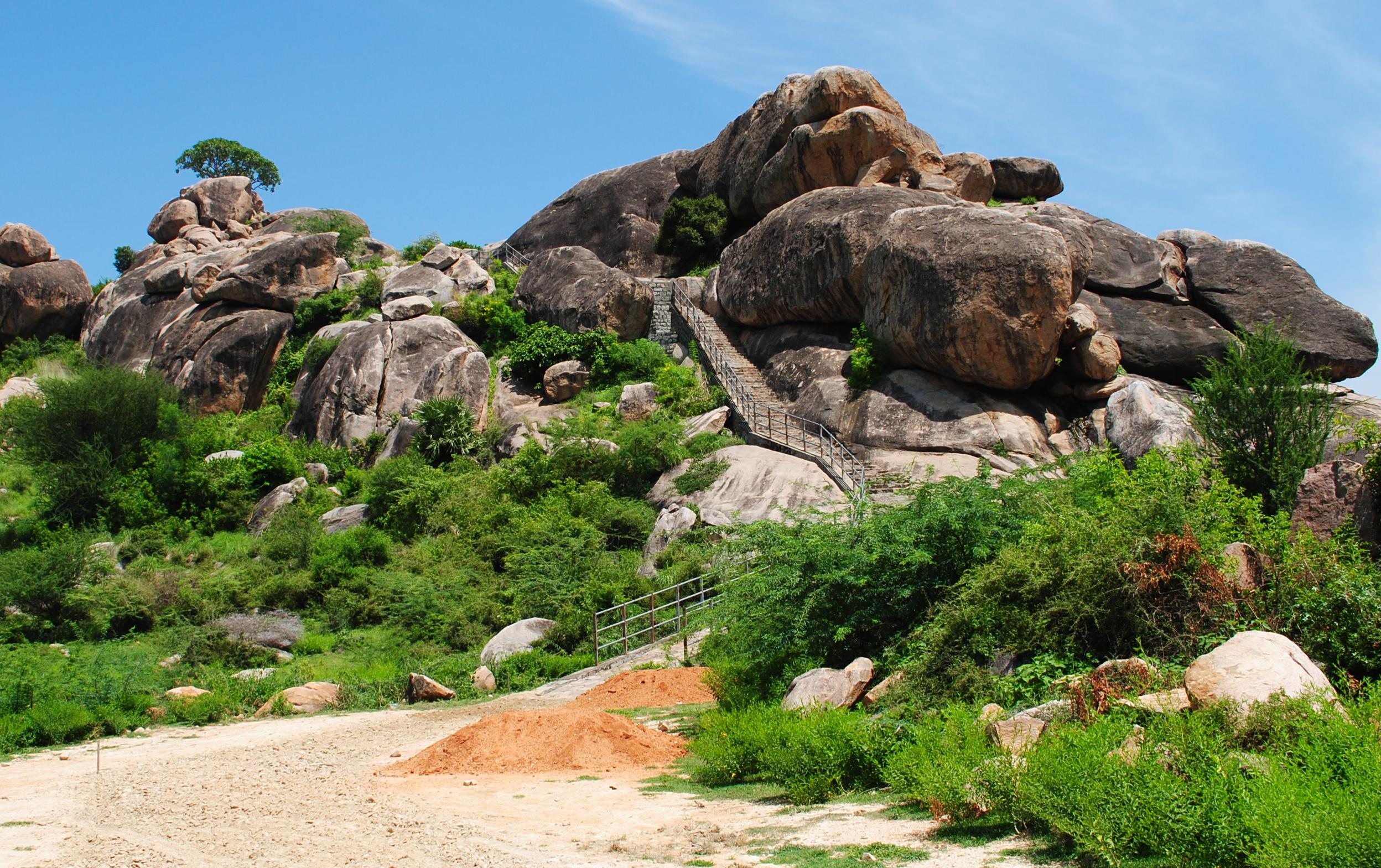Updated By: LatestGKGS Desk
Mughal Empire: Establishment, rulers, governance, and remarkable wars

Foundation of Mughal empire, successors, and their governance
Babur was the founder of Mughal Empire. He was related to Timur from his father’s side and Chengiz Khan to his mother’s side. His original name was Zahiruddin Muhammad. He defeated Ibrahim Lodhi in the first Battle of Panipat in 1526 and established Mughal rule in India.
He defeated Rana Sanga of Mewar in Battle of Khanua in 1527 near Agra. He then assumed the title of ‘Ghazi’. Babur also defeated the Afghans in the battle of Gogra in Bihar.
Babur wrote his memoirs in Tuzuk-i-Baburi in Turki language, describing the flora and fauna of India.
Humayun(1530-1540 AD and 1555-56 AD)
He was the eldest son of Babur and ascended the throne in 1530. He fought two battles against Sher Shah, the Afgan leader at Chausa and Kannauj, where he was completely defeated. Humayun then escaped to Iran for next fifteen years.
Sur Empire/ Interregnum(1540-1555AD)
The founder was Sher Shah. He waged wars with Rajputs expanding his empire to include Punjab, Sind, Multan, Bundelkhand. He ruled for five years but organized the administration in a brilliant manner.
After Sher Shah, his successors ruled till Humayun invaded in 1555. Humayun conquered his lost empire back from Afghans. But he died in six months after falling from the stairs of his library.
Akbar(1556-1605 AD)
He is considered greatest monarchs of India. the Afghans marched on Delhi soon after he assumed throne under Hemu. In 2nd Battle of Panipat, Hemu was defeated and Mughals won. For the initial five years, Bairam Khan consolidated the empire for him.
Under Akbar, the Land revenue system was established known as Zabi / Bandobast system.
Jahangir(1605-1627 AD)
His name was Salim. Jahangir’s rule was full of rebellions. he is known for his strict administration.
Shahjahan(1628-58 AD)
He faced revolts in Bundelkhand after usurping the throne after his father's death. After three years of his assession, his beloved wife died in 1631, he built the Taj Mahal in memory of his wife Mumtaj Mahal at Agra.
Aurangzeb(1658-1707 AD)
He assumed the title of Alamgir. In first ten years to his rule, he leads many military campaigns. He defeated the Shia Sultans of Bijapur, Golconda eliminating the Qutb Shahi dynasty. This removed the barrier between the Marathas and the Mughal and confrontations began. His Deccan policy ruined the treasury of the Mughal empire.
After Aurangzeb, the Mughal empire began to decline rapidly. Later Mughals were not very powerful or influential. Still, the Mughal empire continued until the 1857 revolt. Under Bahadur Shah II, the Mughal empire came to a formal end.


